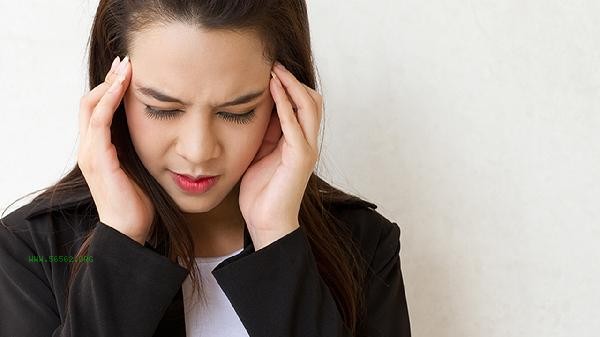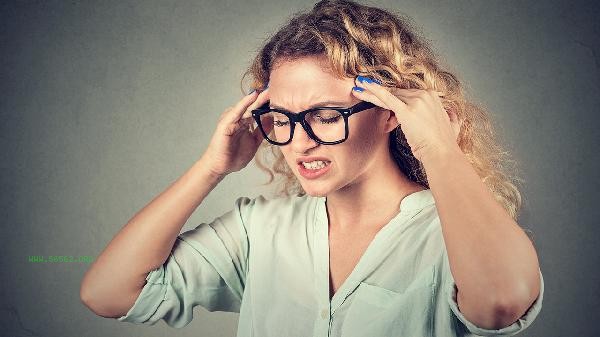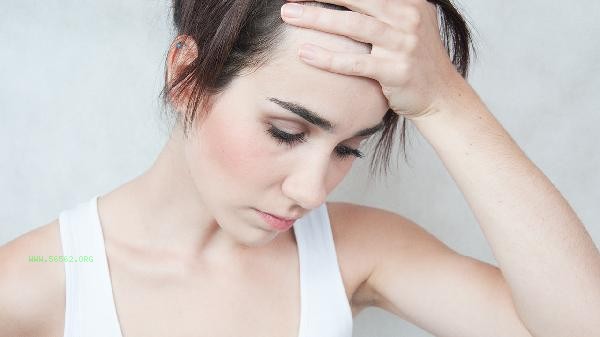Menopausal women can choose between yoga or dancing based on their physical condition. Yoga is more suitable for relieving anxiety and improving joint stiffness, while dancing is more suitable for enhancing cardiovascular function and social interaction. Yoga helps regulate autonomic nervous system function through slow posture changes and breathing control, and has a relieving effect on menopausal symptoms such as hot flashes and insomnia. Its low impact characteristics are safer for women at higher risk of osteoporosis, such as cat and cow style which can enhance spinal flexibility, and tree style which can improve balance ability. But it is necessary to avoid prolonged inversion to avoid aggravating blood pressure fluctuations. Dancing promotes the secretion of endorphins through aerobic exercise, improving mood swings and metabolic slowdown. Group dances such as square dancing can also reduce loneliness and enhance social support. But patients with degenerative changes in the hip and knee joints need to control jumping movements, and patients with cardiovascular diseases should avoid vigorous dancing. It is recommended to choose social dance or ethnic dance with moderate rhythm.

Menopausal exercise should follow the principle of gradual progress, maintaining 3-5 exercises per week, with each exercise lasting no more than 60 minutes. Pay attention to replenishing water and electrolytes before and after exercise, and wear breathable and sweat absorbing clothing. If there are obvious palpitations or joint pain, exercise should be suspended. It is recommended to consult a doctor and develop a personalized exercise prescription, which can be supplemented with calcium supplements and vitamin D to improve bone health.






Comments (0)
Leave a Comment
No comments yet
Be the first to share your thoughts!